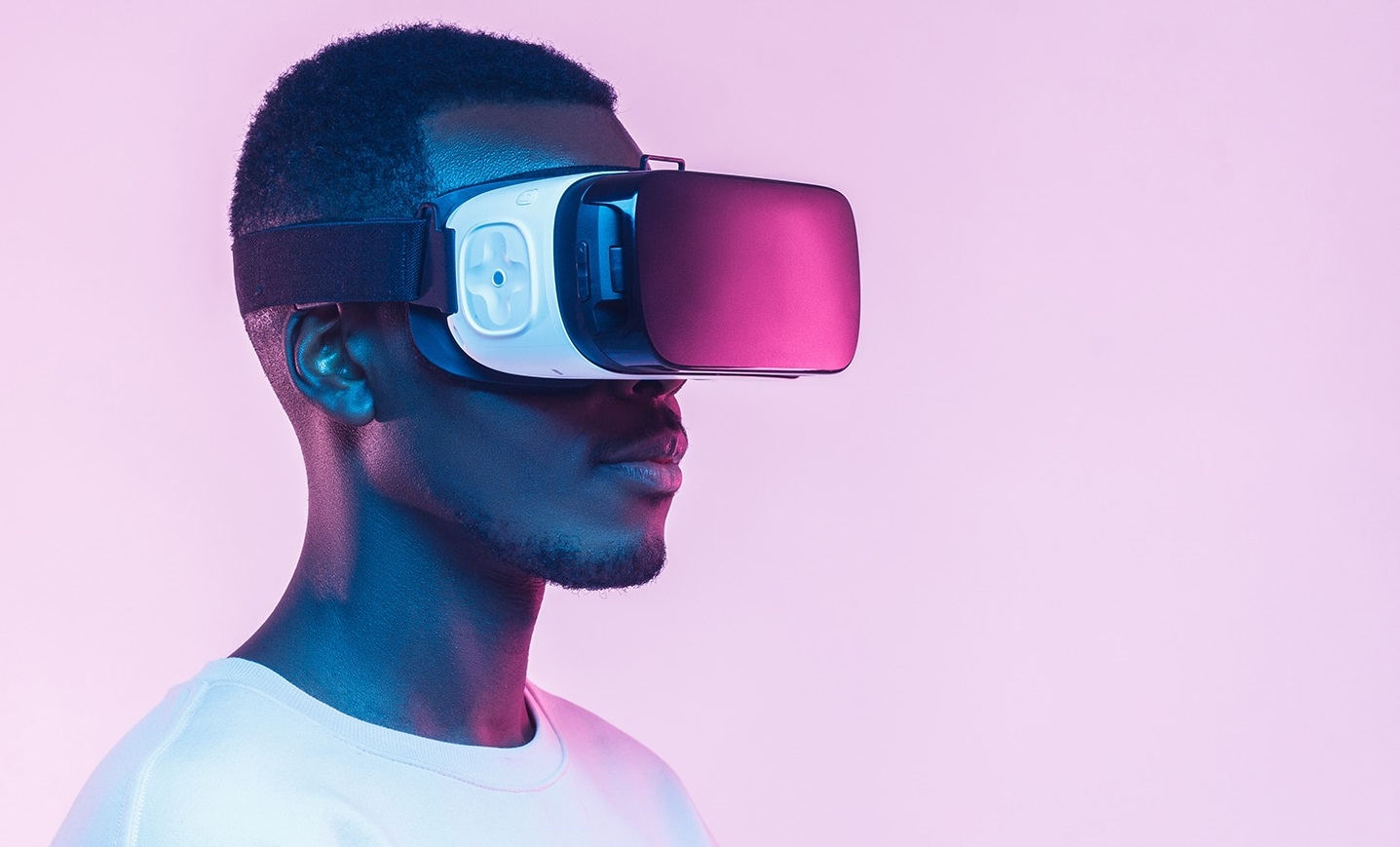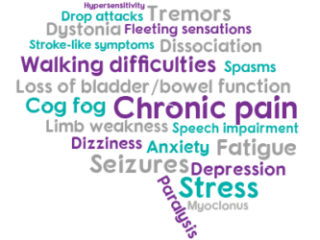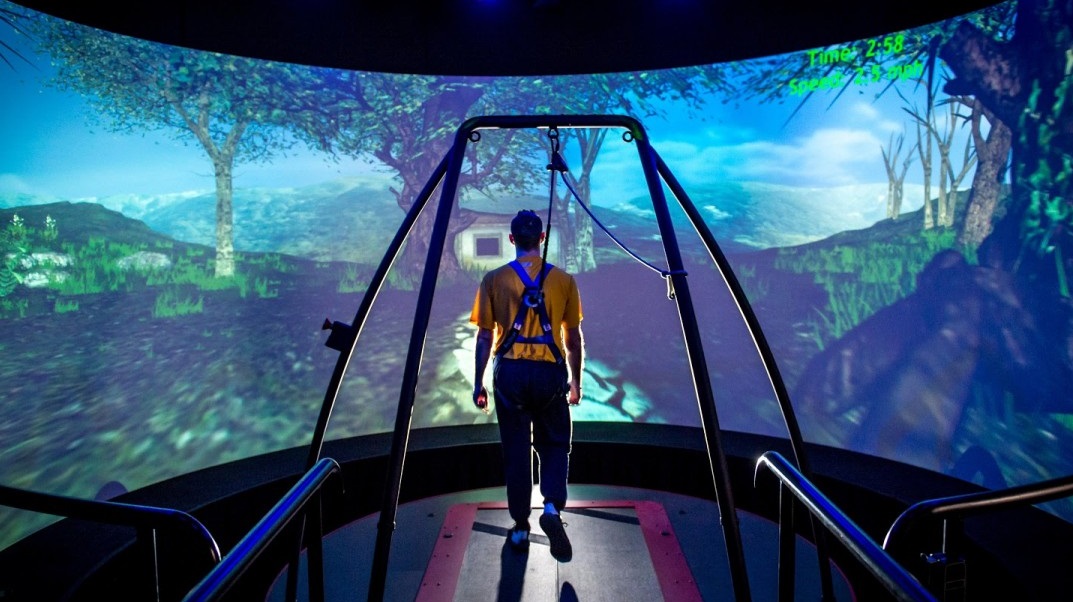
Neurological Rehabilitation Technology and its Importance in Treating Neurologically Impaired Patients
By Sarah Wilkinson- BSc (Hons) Physiotherapy, MCSP, HCPC, Neurological Physiotherapist/Director
In this article, I want to discuss the use of technology and how it can be implemented into neurological physiotherapy and rehabilitation.
Neurological Rehabilitation can be defined asrecovery of functional skills after injury through evidence-based interventions that operate to manipulate the sensorimotor environment of the patient. This requires patient engagement for greater neuroplastic changes (neuroplasticity) and functional outcomes. Initial planning and discussion of an individual’s aims and objectives is always essential in order to attain the best possible outcomes.
Neuroplasticity is the ability of the brain to change continuously throughout an individual’s life. In brain injury or disease, neuroplasticity plays a key role in recovery and improvement in function through neural reorganisation. Undamaged axons can sprout nerve endings and connect with other undamaged nerve cells. These new nerve endings form new pathways which we see as function improvements in an individual. In order for neuroplasticity to occur, the neurons need to be stimulated through activity.
How can new advances in technology influence a greater recovery in the neurologically impaired patient?
New technologies have been reported to enhance the effectiveness of rehabilitation strategies in conditions such as stroke, Parkinson’s disease, spinal cord injury, brain injury, spasticity and cognitive disorders. Technologies such as robotic-assisted training, virtual reality and functional electrostimulation help enhance the intensity and quality of neurological rehabilitation, and to manipulate brain excitability and plasticity (Tamburin et al, 2019).
Attention and motivation are crucial in order to engage the neurologically injured patient in their rehabilitation and help influence neuroplastic changes. Highly intensive and focussed treatment can be created in an environment where ‘hands on’ and specific physiotherapy can be combined with the latest technology.
Specific goals with appropriate outcome measurements are essential in monitoring progress and helping guide the course of treatment. The use of new technology products can help make treatment and goals more targeted, increasing the reliability of outcome measurements with a patient. Use of sensors on devices to measure range of movement, strength and movement patterns gives appropriate feedback to the therapist and the patient, which helps direct the individual’s rehabilitation. Measurements can be recorded automatically (through relevant programs) or on apps in order to make real time feedback more objective. This helps the therapist when reflecting on a patient’s progress and therefore can be more constructive with creating treatment plans and on initial and interim report writing.
Use of modern technologies such as robotics, sensor technology, virtual reality and gaming can help guide a person through their rehabilitation process and encourage more efficient recovery while keeping them focussed and motivated to achieve their goals.
For further information on what services we can offer, please contact us at [email protected] or via our website www.neurotherapyworx.co.uk
References
Tamburin, S., Smania, N., Saltuari, L., Hoemberg, V., Sandrini, G., (2019) New Advances in Neurorehabilitation Frontiers in Neurology, Vol; 10, Article 1090




